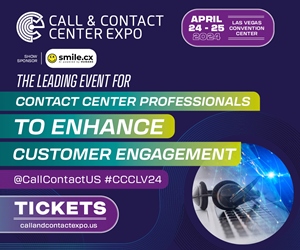
Investing in high-quality software is a pivotal decision for any company. To navigate this process successfully, it is paramount to meticulously define your product requirements.
Ask yourself: Why does your organization require to change help desk software? What precise objectives are you aiming to achieve? Which operational processes are due for optimization? And what challenges necessitate the introduction of a new IT platform?
The journey of software selection commences with formulating a set of criteria. These criteria serve as your compass, allowing you to swiftly and astutely assess the merits and drawbacks of various automation tools. Moreover, it is worth noting that many enterprises continually seek the optimal solution, adjusting their help desk software to align with specific needs, budgetary considerations, and other relevant factors.
The composition of these criteria hinges upon your implementation objectives, budget constraints, the criticality of specific functions, and other considerations deemed vital by your organization.
What are the best criteria to follow?
In the helpdesk, service desk and ITSM software selection, no detail is trivial. Therefore, it is imperative to approach this undertaking with utmost diligence.
- Total cost of ownership
Gain a comprehensive understanding of the pricing structure of the IT product. This will empower you to anticipate and calculate financial outlays, encompassing licensing fees, supplementary modules, implementation expenses through the vendor or designated partners, technical support, revisions, development initiatives, IT system upgrades, and staff training. It is prudent to examine these facets from the outset.
- Functionality assessment
Scrutinize the capabilities of the help desk system. Ascertain which tasks it can proficiently handle and evaluate its scalability across diverse usage scenarios.
- Demo access
Secure a test environment to set up processes and rigorously test real-world use cases of your customer service workflow. Identify any limitations or functionalities that may be absent.
- User experience and accessibility
Delve into the user-friendliness of the help desk tool, both for the IT department and other stakeholders within your organization. Assess its adaptability concerning interface customization, data management, role models, and overall work environment. Additionally, determine whether it supports localization into multiple languages.
- Flexibility of settings
Gauge the potential of the IT product to adapt and flexibly accommodate various settings, including application statuses, lifecycle management, the incorporation of new classes and object types, and other parameters aligning with your distinct business model.
- Integration capability
Investigate the existence of pre-built connectors and integration mechanisms designed to seamlessly harmonize with systems and services already integral to your company. Explore options for smooth data interchange.
- Customer feedback and reviews
Thoroughly research customer testimonials and reviews concerning the help desk system. This entails a comprehensive examination of accomplished projects, detailed case studies, and specialized industry offerings.
- Implementation speed
Ascertain the implementation approaches proffered by the vendor, tailored to the scope and nature of your project. This includes the capacity to expeditiously initiate operations utilizing pre-configured templates and processes or adopting a gradual automation approach, exemplified by the Software as a Service (SaaS) model.
Conclusion
It is of paramount importance to evaluate the responsiveness and efficiency of the technical support infrastructure during the trial period. This evaluation will provide valuable insights into the readiness of the vendor’s service department for collaborative troubleshooting and their dedication to resolving challenges with precision and celerity.
The selection of software solutions is a strategic decision that should not be taken lightly. By adhering to these comprehensive criteria, your organization will be well-equipped to make an informed and advantageous choice.




